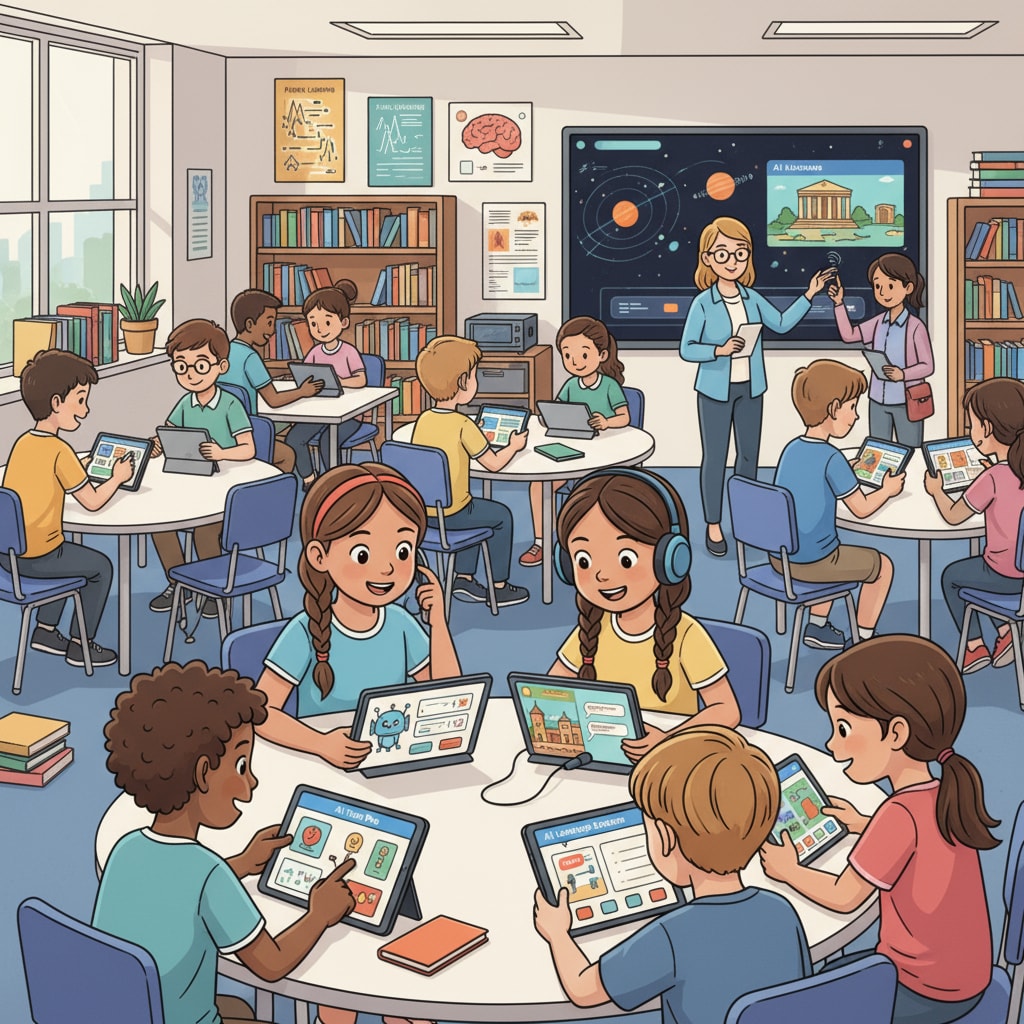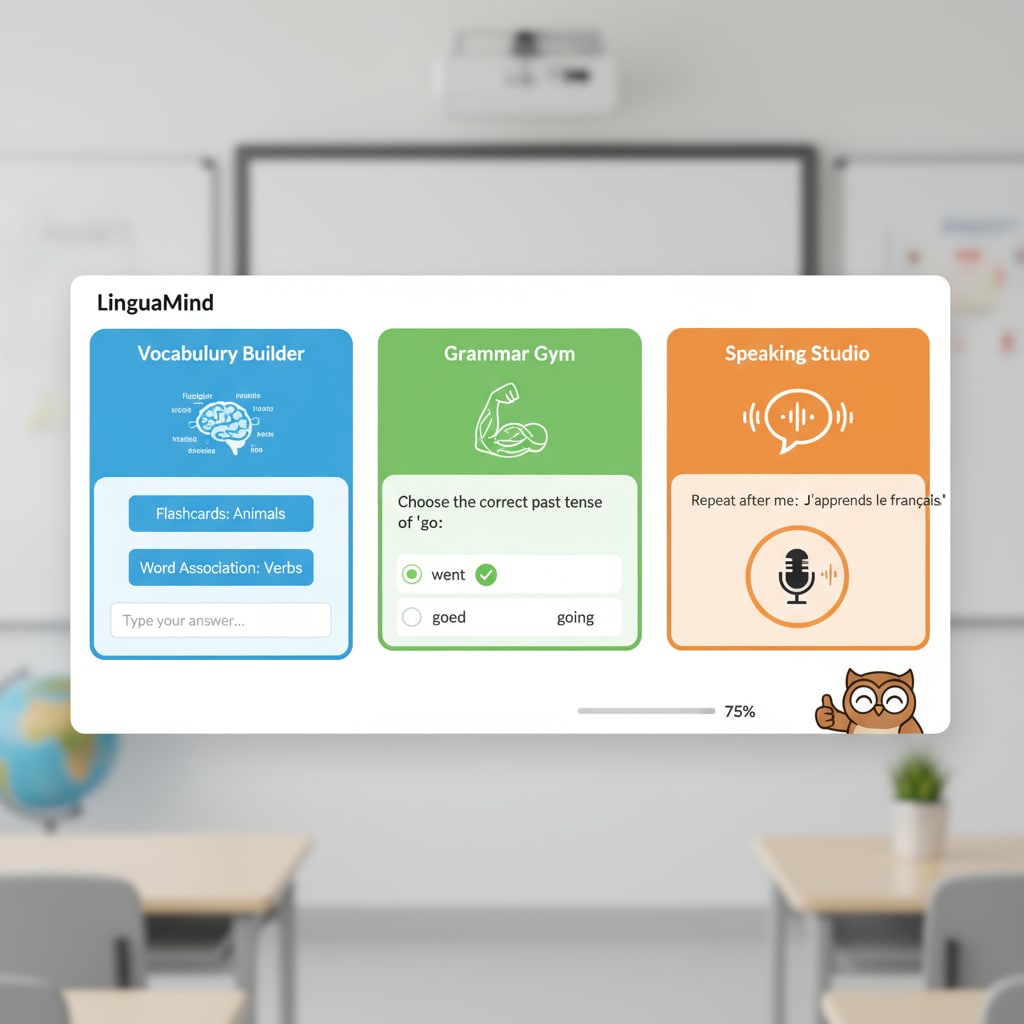AI education tools, learning assistance, and teaching support have revolutionized the K12 educational landscape. As artificial intelligence continues to advance, a plethora of tools are available, each with unique features and potential applications.

These tools not only enhance the learning experience but also offer valuable support to educators. Understanding their diversity and making the right choices is crucial for optimizing the educational journey of K12 students.
Diverse Types of AI Education Tools
There is a wide range of AI education tools in the market. For example, intelligent tutoring systems can provide personalized learning experiences. They adapt to each student’s learning pace, strengths, and weaknesses. These systems analyze students’ responses to questions and offer targeted explanations and additional practice materials. Another type is AI-powered language learning tools. These help students improve their language skills, from grammar and vocabulary to pronunciation. They often use speech recognition and natural language processing technologies to interact with students. Artificial intelligence in education on Wikipedia

Learning Assistance with AI Tools
AI tools offer remarkable learning assistance. For instance, they can break down complex concepts into simpler parts. This makes it easier for students to understand difficult subjects like mathematics or science. Additionally, many tools provide real-time feedback. This allows students to correct their mistakes immediately and learn from them. Some AI writing assistants can help students improve their writing skills by suggesting grammar corrections, vocabulary enhancements, and better sentence structures. Educational technology on Britannica
When it comes to choosing the right AI education tools for K12 students, several factors need to be considered. The student’s age, learning goals, and interests play a significant role. Younger students may benefit more from colorful, interactive tools with simple interfaces. Older students, on the other hand, might require more advanced and specialized tools. It’s also important to ensure that the tool aligns with the curriculum and educational standards.
Readability guidance: By exploring the different types of AI education tools and how they offer learning assistance, we can make informed decisions. Remember to keep in mind the student’s characteristics and educational requirements when selecting these tools. This way, we can fully utilize the potential of AI in K12 education and provide the best teaching support.


